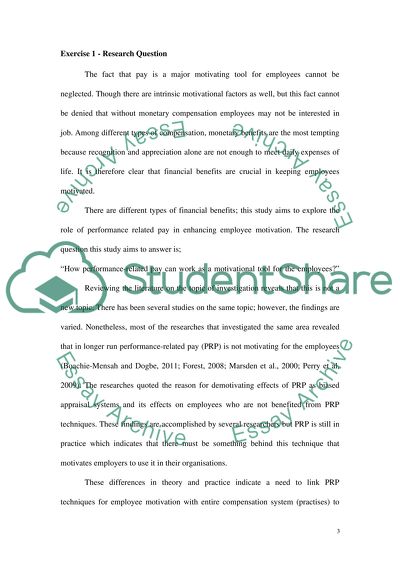Cite this document
(“The Importance of Performance Related Pay in Motivating Employees Research Proposal”, n.d.)
The Importance of Performance Related Pay in Motivating Employees Research Proposal. Retrieved from https://studentshare.org/human-resources/1640084-the-importance-of-performance-related-pay-in-motivating-employees
The Importance of Performance Related Pay in Motivating Employees Research Proposal. Retrieved from https://studentshare.org/human-resources/1640084-the-importance-of-performance-related-pay-in-motivating-employees
(The Importance of Performance Related Pay in Motivating Employees Research Proposal)
The Importance of Performance Related Pay in Motivating Employees Research Proposal. https://studentshare.org/human-resources/1640084-the-importance-of-performance-related-pay-in-motivating-employees.
The Importance of Performance Related Pay in Motivating Employees Research Proposal. https://studentshare.org/human-resources/1640084-the-importance-of-performance-related-pay-in-motivating-employees.
“The Importance of Performance Related Pay in Motivating Employees Research Proposal”, n.d. https://studentshare.org/human-resources/1640084-the-importance-of-performance-related-pay-in-motivating-employees.


